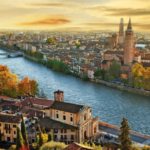
Italy, home to the most UNESCO World Heritage Sites, is a treasure trove of cultural diversity
Flaunting the highest number of UNESCO World Heritage Sites in the world, Italy has an abundance of cultural diversity to be explored. As the birthplace of the Roman Empire and the Renaissance, 53 of its 58 sites are cultural while only five are natural. Italy is designated as a cultural and natural landmark with its backdrop as the nerve centre of Renaissance and artistic legacy. Although the nation is brimming with iconic destinations, India Outbound presents some of the many UNESCO sites to be explored.
Amalfi Coast
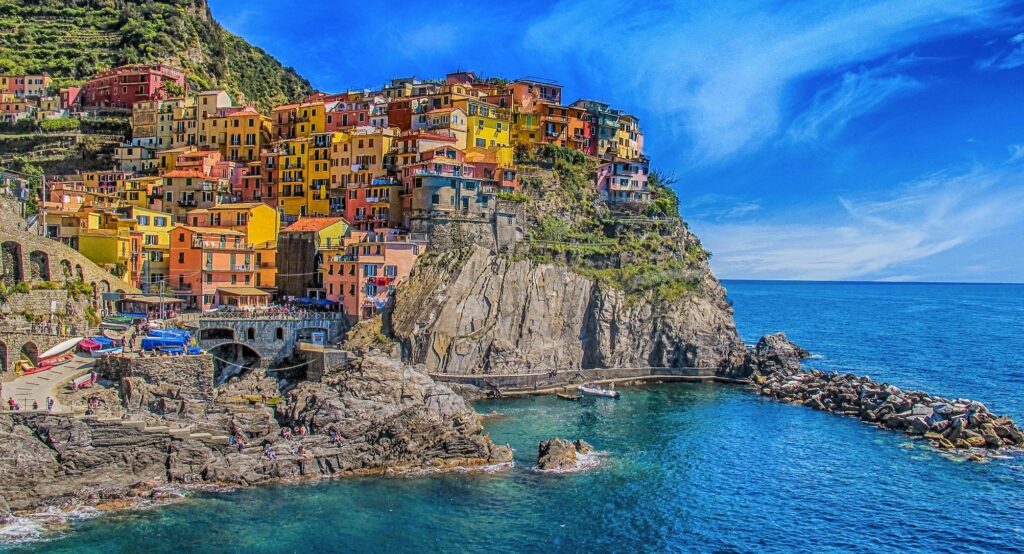
Amalfi has been included in the UNESCO ‘Cultural Landscapes’
Under Amalfi Coast’s popular, glittering turquoise beaches and pastel towns lie the lesser-known fact that the entire region is a UNESCO World Heritage Site. Amalfi has been included in the ‘Cultural Landscapes’ with its exceptional cultural and natural values that reflect its historical legacy and balance of human settlements amidst the unpredictable topography. From terraced vineyards and orchards on the lower slopes to expansive upland meadows, the countryside is a demonstration of intelligent use of land.
The Dolomites

The Dolomites easily stands out in the global context with its vertical, pale-coloured summits
Pale, steep cliffs jutting out from teeming green valleys, all of which take on mystical red hues in the evening light, the majestic Dolomite mountains today were formed out of a giant coral reef in the prehistoric Tethys Ocean. This rocky wilderness easily stands out in the global context with its vertical, pale-coloured summits in the variety of unusual sculptural forms. Located in northeastern Italy, the Dolomites also derive the name of ‘Pale Mountains’ owing to its carbonate rock nature and is known to hold fossil records.
The city of Verona
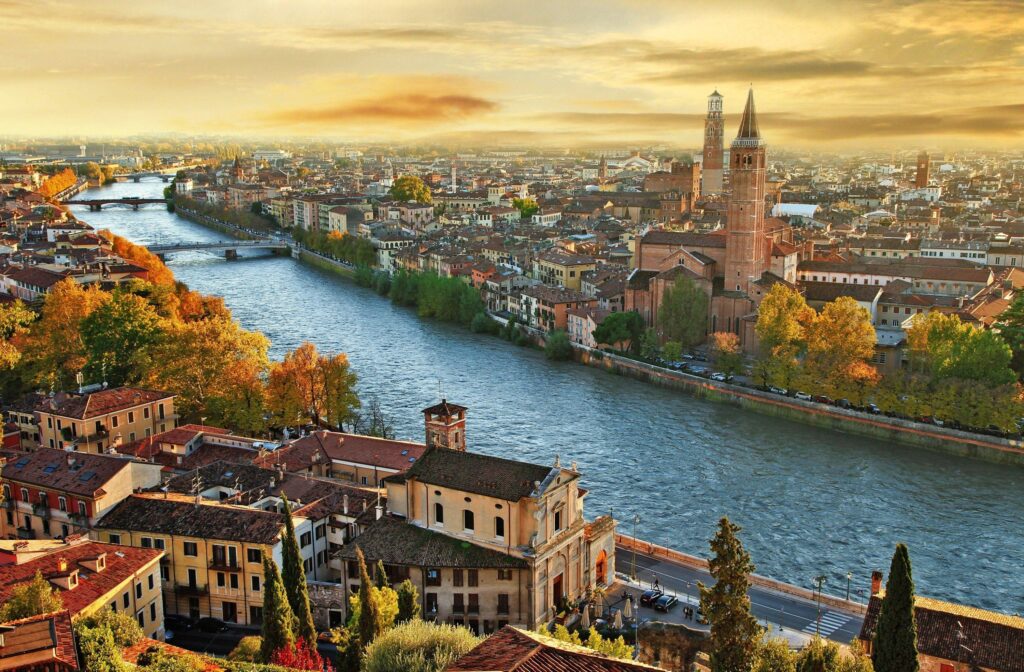
Verona has long been a cultural & artistic hub for the world
Roman monuments coupled with Renaissance art that has presented Verona with its UNESCO World Heritage Site status since the year 2000 as a splendid example of a city of art. Verona’s urban design and architecture imbibes its artistic features from each consecutive era from the 1st century BC, when the town started flourishing. From opera to fine food and wine as well as its legacy as the home of Romeo and Juliet, Verona has been a sensation as the land of style and refinement. The Arena of Verona, the city’s oldest square Piazza delle Erbe or the herbal square, Piazza dei Signori or the Lords Square, are some among some of the most popular explorations in the city.
Macchine dei Santi: the Gigli of Nola
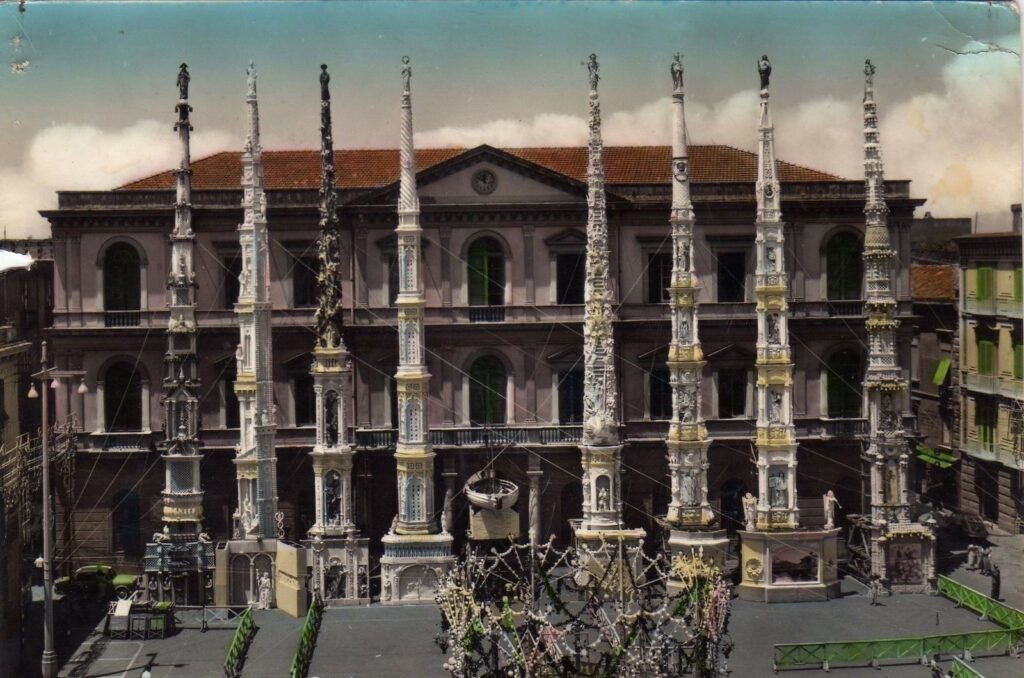
Nola’s Gigli Feast officially became a part of UNESCO Heritage under the ‘Oral and Intangible Heritage of Humanity’
In 2013, Italian town Nola’s Gigli Feast officially became a part of UNESCO Heritage under the ‘Oral and Intangible Heritage of Humanity’. The Gigli of Nola are finely decorated obelisks made of papier-mâché realised by craftsmen specialised in this art. The Gigli, also known as lilies, symbolise the return of San Paolino, a crucial part of Nola’s roots and history. Every year, typically in the last week of June, the people march to honour the city carrying the gigli structures through the streets of Nola, along with musicians and singers, artisans who make the processional structures, ceremonial clothing and artefacts to commemorate the Feast of the Lilies festival.
Venice and its Lagoon
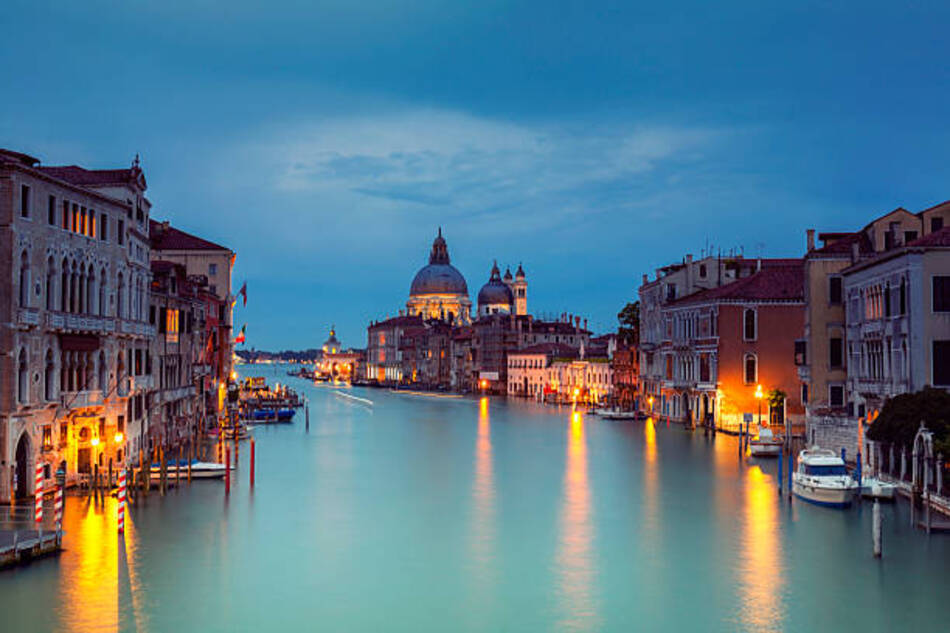
Venice lagoon is the largest in the Mediterranean basin
More of an aquatic dream than a real city, Venice, built atop 116 islands, has long entranced visitors with its winding waterways, cobbled courtyards and heritage architecture. The city is a riot of art masterpieces that has archived a rich concentration of works by some of the world’s greatest artists. Just as sought after, its natural landscape of the Venice lagoon is the largest in the Mediterranean basin. The fragile balance of this environment, be it the water-based cityscape, architectural splendour, historical legacy, postcard views, cultural heritage and equally captivating natural setting, make Venice and its Lagoon a beautiful sanctuary of sustainable development and tourism magnet.
Valle dei Templi or the Valley of the Temples, Sicily
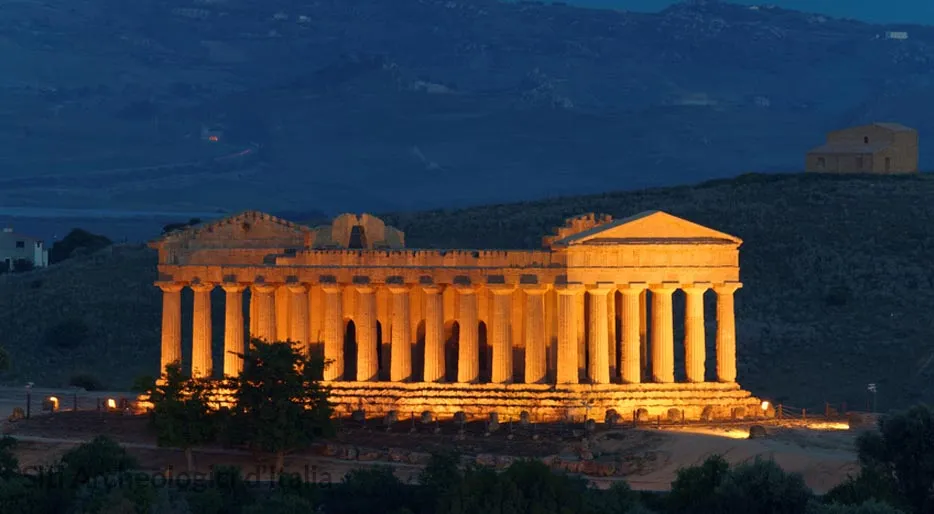
The complex features, proportions, and craftsmanship found in these temples are outstanding examples of ancient Greek architectural and artistic achievements
A magnificent Greek archaeological site, the Valley of the Temples was once part of the ancient Greek city of Akragas. The Temple of Concordia, Temple of Hera (Juno), Temple of Olympian Zeus and Temple of Castor and Pollux are just a few of the impressive Doric temples in the Valley of the Temples. The complex features, proportions, and craftsmanship found in these temples are outstanding examples of ancient Greek architectural and artistic achievements.








